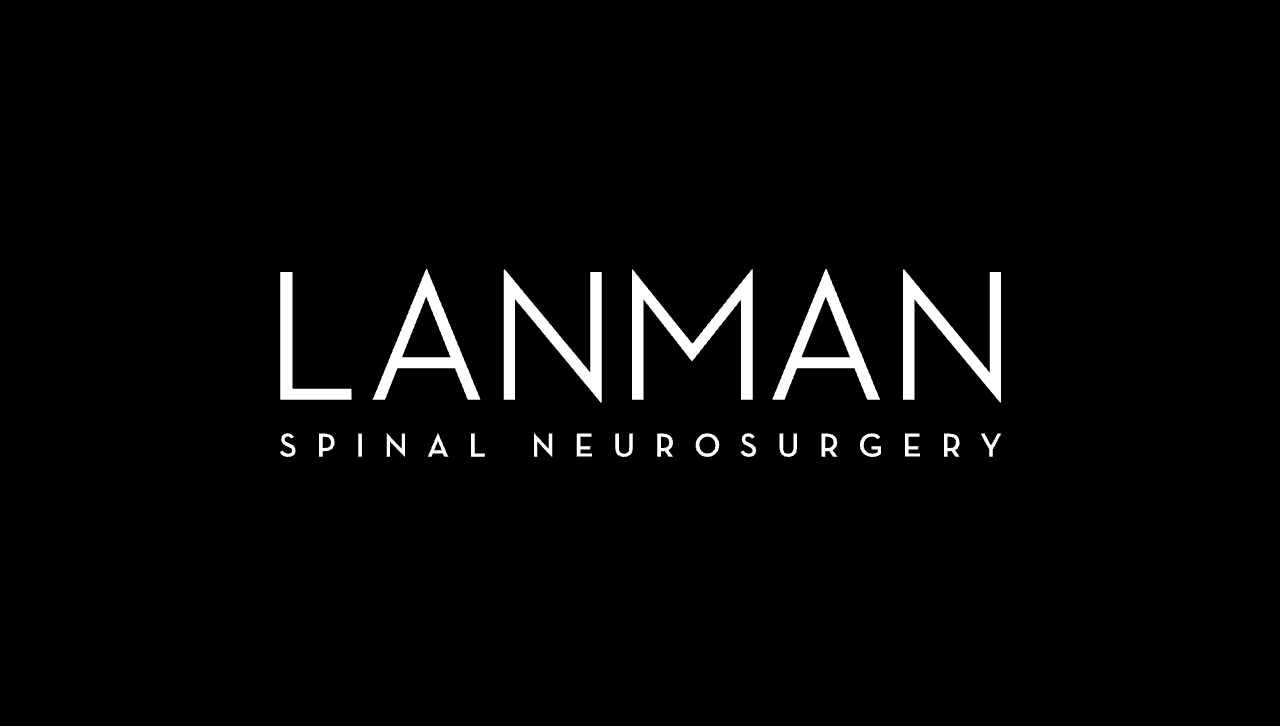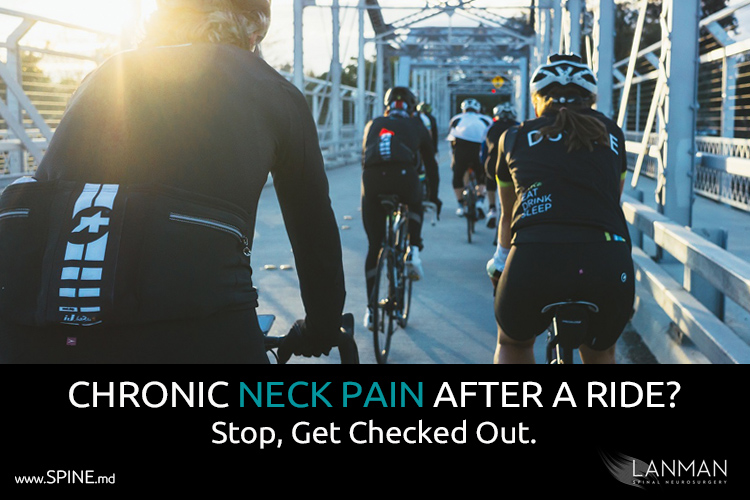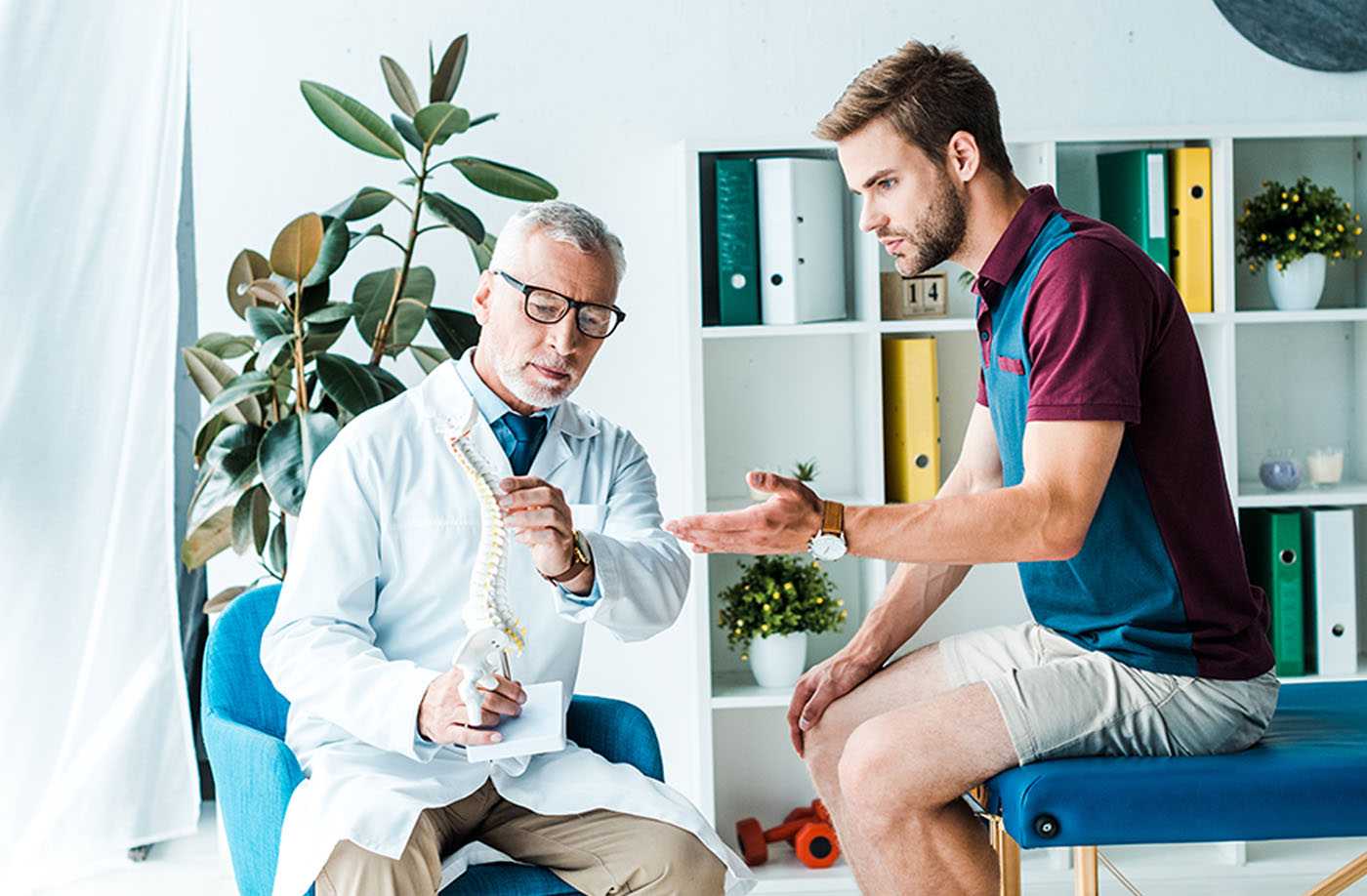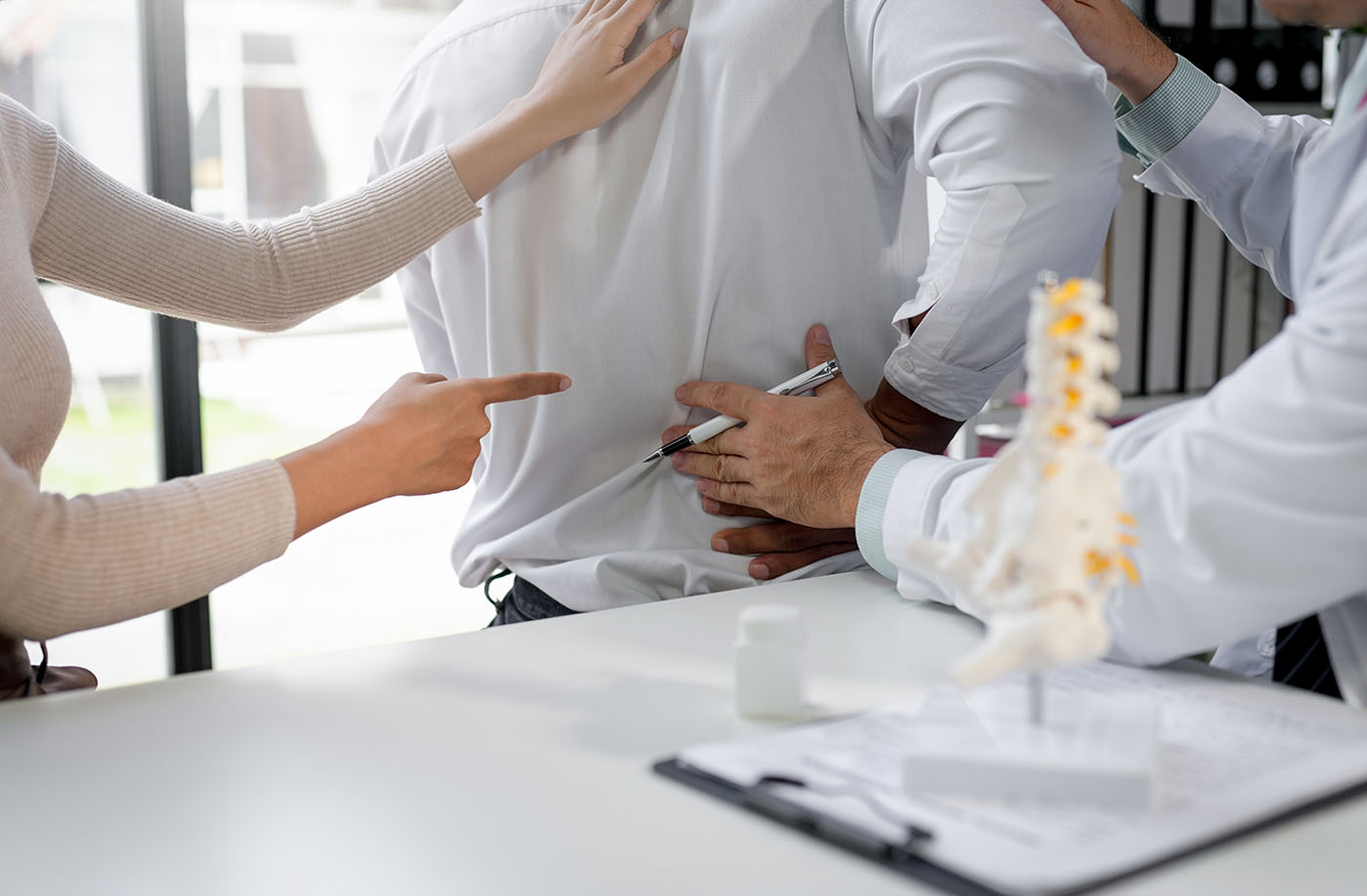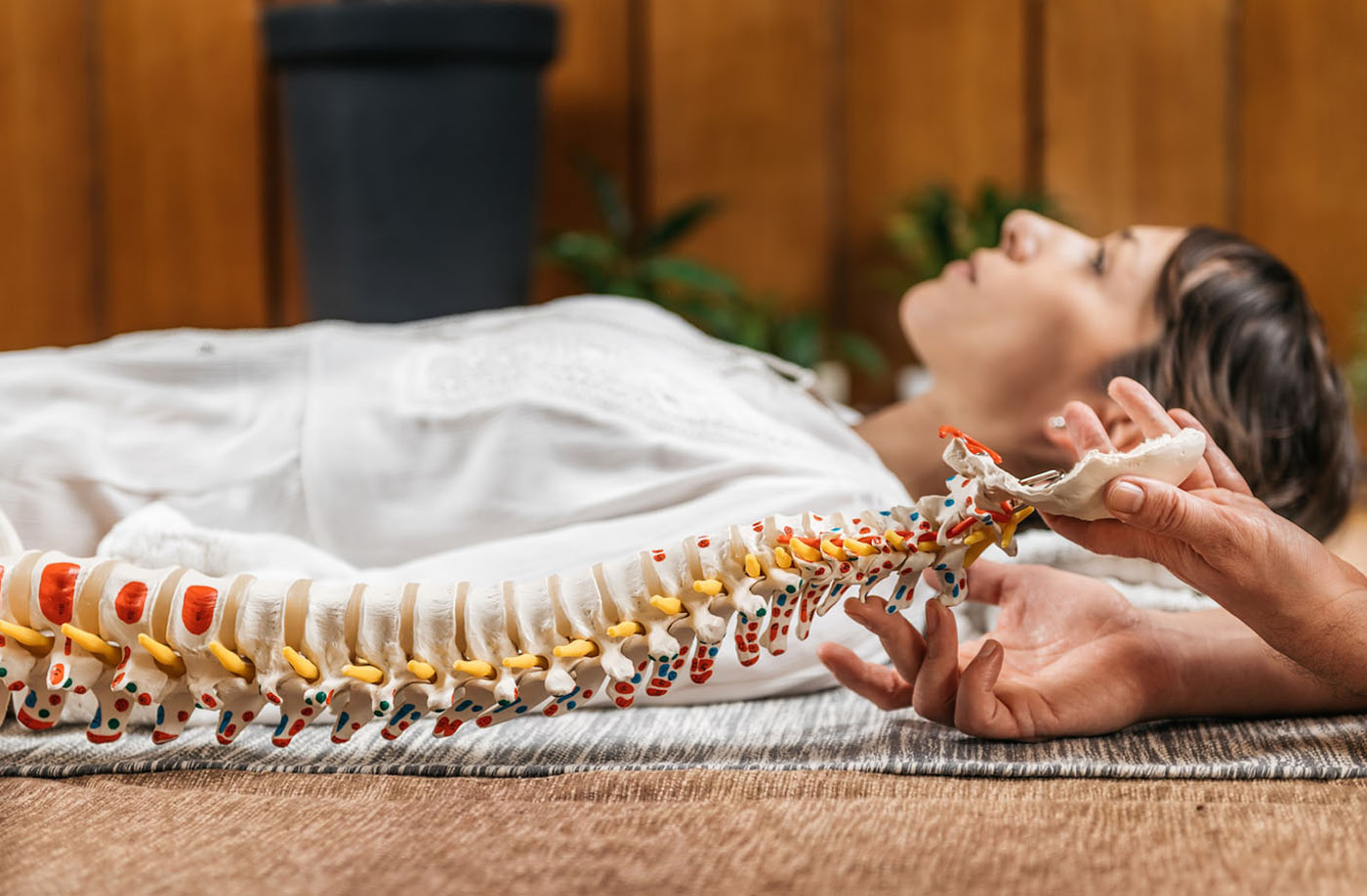Love the sport, but pay attention to the details and save yourself from injury.
I mentioned a friend of mine in an earlier post who is an avid cyclist. When we met, he had just walked off his fourth ‘century’ ride – a hundred miles on a bicycle. I have a lot of respect for all athletes. Anyone who can stick to a workout program and do something like that is a true athlete.
I mention him again to point out some important things that all athletes should consider. Do you love the sport, but are you doing everything you can to save yourself from injury?
My friend was experiencing numbness in his right arm and fingers. He had chronic but manageable pain that emanated from his neck, shoulders, and arm. The pain in the base of his neck was particularly acute after a long ride.
An MRI revealed an injury that is typical for cyclists: one or two ruptured discs at levels C-5 and C-6. Fortunately for him, C-7 still looked pretty healthy. Nobody was surprised by the diagnosis. The damage was right at the spot where cyclists put lots of pressure on the neck from extending the head to view over the handlebars for hours a day.
He thought that his days on the bike were done. I told him to hold off making final pronouncements. Help was on the way.
It may come as a surprise, but in all my long years as a spinal neurosurgeon at Cedars-Sinai Medical Center in Los Angeles and a specialist in back and neck surgery, I never make surgery the first go-to answer for my patients. Unless the case is extreme, there are always other options to surgery.
In his case, my initial assessment found that while his legs were obviously well developed, but his upper body seemed to lack mass and tone. Conditioning for a 100-mile ride doesn’t do much for the upper body. The physical therapist confirmed my belief that he needed to strengthen neck muscles and give the spine better support. My friend took the exercises to heart and broadened his program to include shoulders, chest, and upper back.
We also added some pain management to give some relief to the pinched nerves and muscles that were tensed up from reacting to the nerve pain. For added measure, we also added a nutrition program to give his body more resources to encourage healing and decrease inflammation.
But the most important change was the bike itself. He had a classic “standard” bike – a nearly vintage Tommasini that he inherited from a relative who inspired him to ride. He replaced the seat and changed the handlebars, but there was no getting around the fact that the bike frame was too big for him. The original owner – his relative – was nearly 6” taller. This caused my friend to stretch out too much, which added strain and stress on the neck.
The beloved Tommasini frame (about 58cm) was way too large. He needed a frame that was around 51cm. You might think that 7cm on a bicycle is no big deal, but when you ride 1-2 hours a day, size matters. The elongated position adds stress to the entire spine as the rider fights to hunch over the handlebars and give it all he has, to spin the wheels.
Initially, he bought a recumbent bike – one that allows the rider to cycle in a normal seated position. It was good for the neck, but he found that the recumbent design didn’t suit him very well. He reluctantly bought a new standard bike, one that was more his size. He was reluctant to get on another bike from concern that he might reinjure himself. Strengthening exercises worked together with his efforts to “relearn how to ride a bike” have helped him return to his status as a cyclist athlete.
He hasn’t gone back to century rides – that’s still in the future for him. The primary purpose is fulfilled: he is enjoying the sport, he is active, and he has full painless movement. The lesson learned: when you feel pain, pull back and get checked out. If you’re dealing with chronic neck or back pain and you’re an athlete, then now is the time to call my office and make sure that the pain isn’t something that needs immediate attention.
If you’re like most of my athletic patients, then it could be a nonsurgical approach that includes some common sense. Like taking a moment to check the details and make sure that you are getting the most from your athletic endeavors.
That’s how to be greater than better.
###
